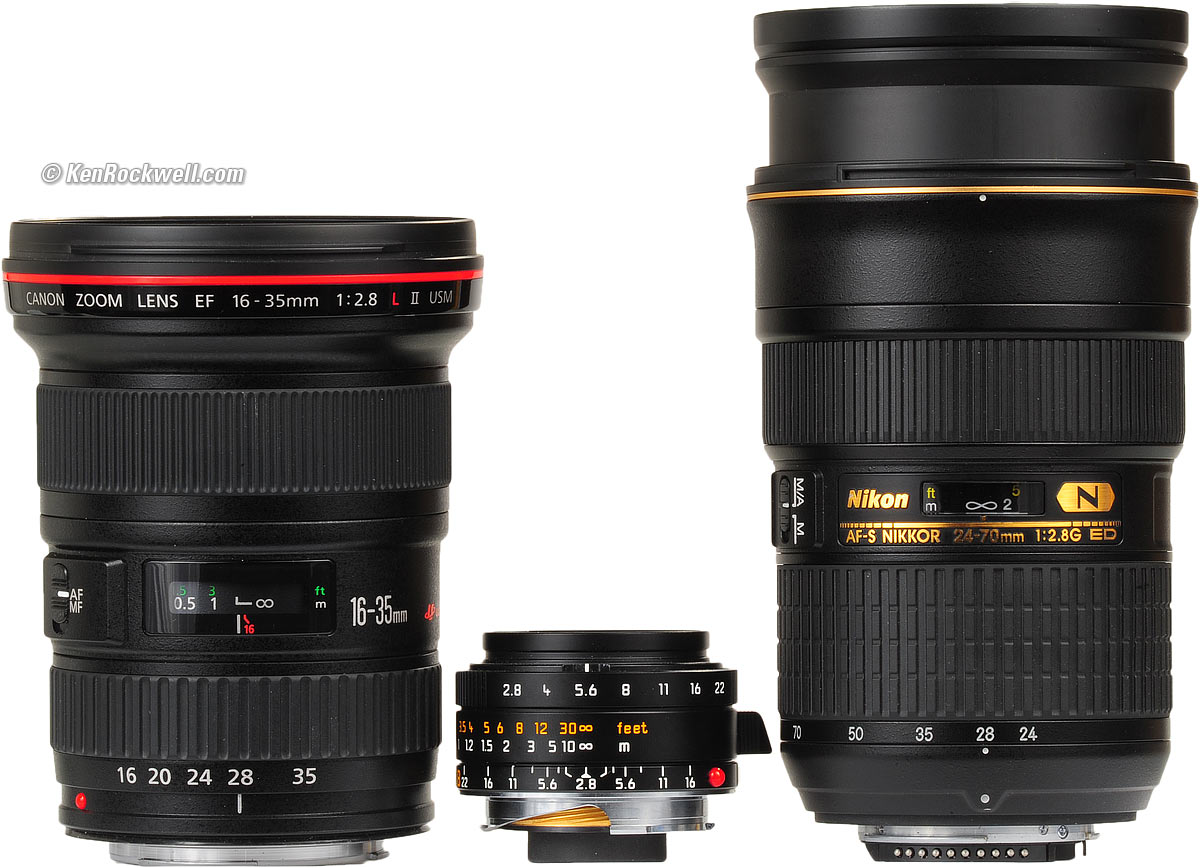Nutshell
In a word: Good.Impressions
From the day that I first read impressions various of the A7 and its use with legacy FD lenses (and wasn't it handy that E-Mount adapters from the APS-C cameras just worked, kudos Sony) I was attracted to it. However I didn't feel it would be as suitable camera for travel compared to my well proven over years m43 rig and perhaps would not provide anything valuable compared to my scanning of 35mm film taken with my OM1 camera {which could survive days out in -20C in Finland on ski sled trips}.In the intervening time things happened (I sold my Nikon Film scanner for one) and the A7 camera system has improved and the prices dropped. So I bought one back in October (as documented on my blog here).
I've been writing my thoughts about the A7 since they came out, one such post is from 2014 (here) where I wrote in anticipation of using my FD lenses:
My $20 Canon FD 50mm f1.4 (a beautiful lens) married up with this body would be superb. It would give the wonderful Bokeh I know it does and give better shallow DoF than the (commonly dribbled about by King Wangs subjects) Nocticron lens for micro43 (which costs nearly as much as just this body is likely to).and of course it has exactly delivered that ... (actually that post is interesting in other ways)
So as a "Shallow Normal" I've got exactly what I was always seeking in that Field of View and Depth of Field.
Normals are good for a variety of things, but really for head and shoulder portraits a 100mm provides a bettter "working distance" in some ways. So since buying the A7 I've decided to add a 100mm lens (again, I sold my OM100f2.8) and this shot taken with my FD 100mm f2.8 shows how good it can be as a portrait lens
Having already had a collection of FD lenses (from use in my early days of micro43 because no native prime lenses existed in 2009) I was able to pretty much bring them to bear with no extra expenditure than an adapter.
Since then I've added two more to my collection, a 24 and a 100 (mentioned above).
As I mentioned earlier, I had been procrastinating (since like 2014) about buying the A7 because I was using still using 35mm film, I anticipated that the A7 would give me fairly equal tonal range to Colour Negative, and nearly all the benefits of an almost perfect Nikon LS-4000 film scanner scan, The Nikon returned 5546 x 3784 pixels while the Sony 6000 x 4000. An image from this post on my full frame camera is film.
I say nearly because of course Digital Cameras suffer from dust and the Nikon ICE system essentially removed that. Of course one gains all the other benefits of digital (like speed of access for those who just can't wait).
None the less, I'm very happy to again have a a "35mm Full Frame" back in my hands as its nice to be able to get images which I just can't with smaller formats for such reasons as:
- shallow depth of field issues when seeking that)
- higher ISO (when needing that)
- better contrast (with legacy lenses where natives don't exist or out out of my price range)
Indeed I'd go one more and say that exactly due to the profound differences in lens rendering at differing aperture setting combined with the greater possibility to use higher ISO I now have more control over my 35mm lenses as imaging tools than I ever could have had with film (but sort of did because I used a tripod far more) in choosing to open up for a "look", rather than for a needed shutter speed.
GAS Traps
Speaking for myself (and observing what I read) there is a tendency to want to "standardize" ones system and have "One Camera System", perhaps its because it makes the decision of what to "take" when you walk out the door easier, perhaps its because one doesn't like to have gear sitting around "going stale" and deprecating.
The reality is for me however that neither of my digital camera systems are going to significantly further depreciate (like I paid $800 for my GH-1, $70 for my GF-1, recently got given another GF-1 body) and indeed with respect to micro43 I'm now (after 10 years of horse trading lenses) comfortable with exactly what I have and why ... so much so that nothing newly released looks even interesting to me (usually because its too big).
Its important that to avoid falling into this trap that I need to keep focus (pun) on the fact that I wanted to add the A7 not to have a Full Frame Camera which is more amenable to travel, but simply to have one when I wish to explore aspects of photography to which it provides some actual real benefits (and trust me, they are fewer than you might think).
This is a concept which I enumerated in my 2014 blog post Gearing towards a Photographic Vision, which still underscores my view.
Enjoy





























































